Sado (佐渡島) is an island in Japan located in Niigata Prefecture with over 55,000 inhabitants. It is a region that clings to its roots, as if it were the historic cities of Japan.
Sado Island still receives immigrant residents, mainly Brazilians, Indonesians, Australians and Filipinos. They usually work in local factories and in religious entities.
The total area of the Island is 854.97 km² and as of April 1, 2004, there were more than 70 thousand inhabitants, in the past its population had reached over 130,000 people and it has one of the highest birth rates in Japan, but unfortunately these data show the population decline.
Sado is still formed by an escarpment coast. The island attracts the attention of thousands of people every year due to the natural beauties that the place has.
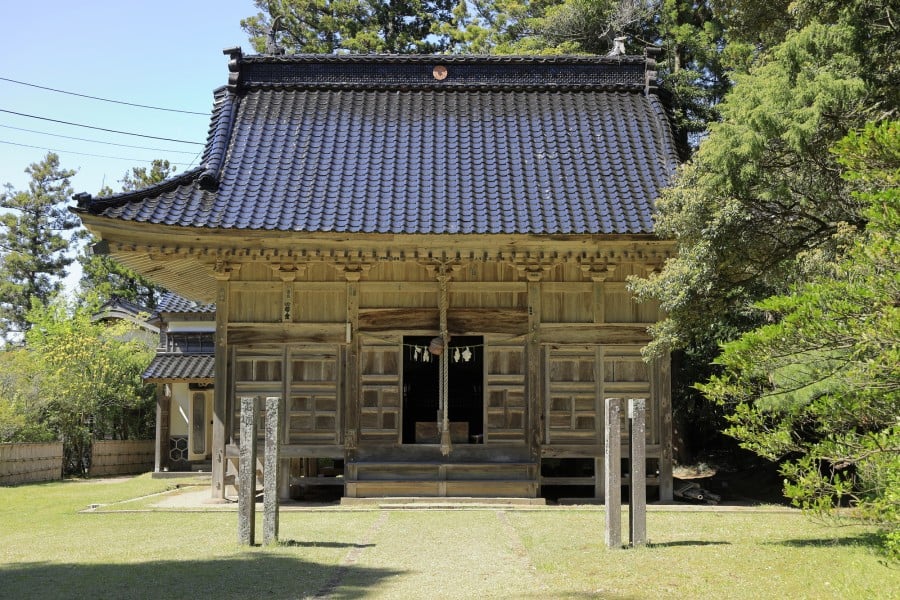
Table of Content
An island for exiles
In the Edo period (1603 – 1867) Sado Island served as an exile for politicians and intellectuals who were against the government and this lasted until the Middle Ages. Some of the exiled politicians were Emperor Juntoku in the year 1221, the priest Nichiren in 1271 and the playwright and actor NÔ Zeami in 1433.
In the seventeenth century gold was discovered in the region. During this period the poorest were forced to work as slaves in ores. This period was not easy for these exploited people, and even today it has marks on the Sado Island of slavery. That's why ballads, songs and cultural dances have a more melancholy tone.

getting to know Sado
Sado Island is located 35 kilometers (about a 2-hour drive) from the main archipelago. It is considered the sixth largest island in Japan. It is only possible to reach Sado by ferry.
The most used transport is still the car, public transport is scarce, but well organized, the island is quite large, so the distances from one station to another can be great.
There it is common to see rice plantations and there are many huge farms. Sado Island is known for Kodo which means ''children of the drum'' or ''heartbeat'', a performance in which a variety of drums are used, as well as flutes, songs and dances! All this for the Earth Celebration.

In these festivities, the taikô drum is used, which is traditional to Japanese culture.
The Earth Celebration is an outdoor event with several performances that have the cultural aspects of Sado. This event takes place in the third week of August, but because of the pandemic it cannot be held as usual, but it was possible to watch online.
Sado is the home of the Japanese ibis bird also called toki, this bird belongs to the Tresquiornitidae family and is threatened with extinction. This bird is usually white or grayish with a reddish face and an extremely thin, black beak.
The feathers of this bird were used by the Japanese to produce the futon (布団), a type of mattress used in Japan.
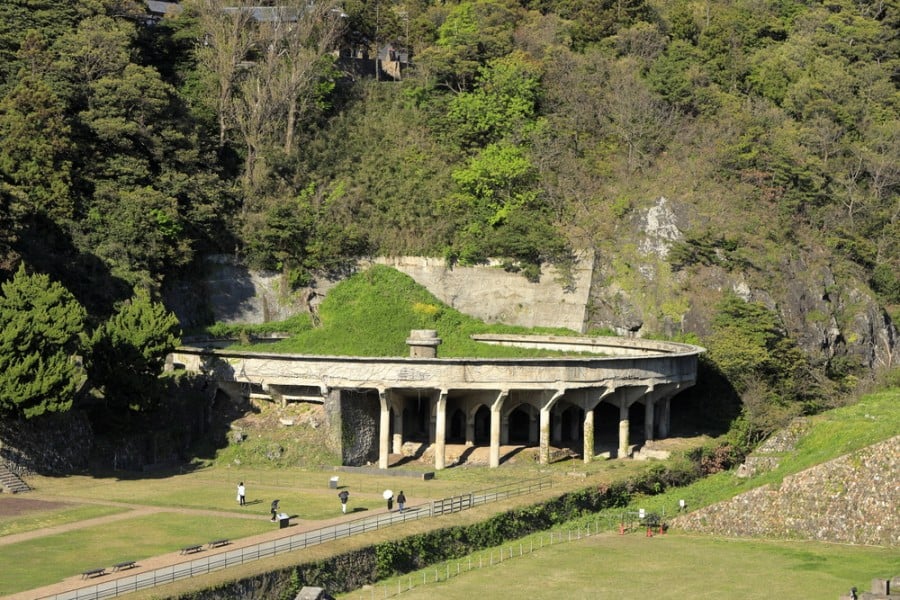
tourism tips to Sado
For those interested in more traditional and reserved places, Sado Island is a great option. To get to know the city well, the ideal is to rent a car or use a transport service.
But doing it this way is a bit more expensive; traveling on a tour or in larger groups is more worthwhile. A mode of transport also used in the region is bicicletas, there are places that rent them to tourists.
One of the most visited places in Sado is Ogi. Ogi is one of the most developed regions because in the past it served as an important navigation route that passed through the site.
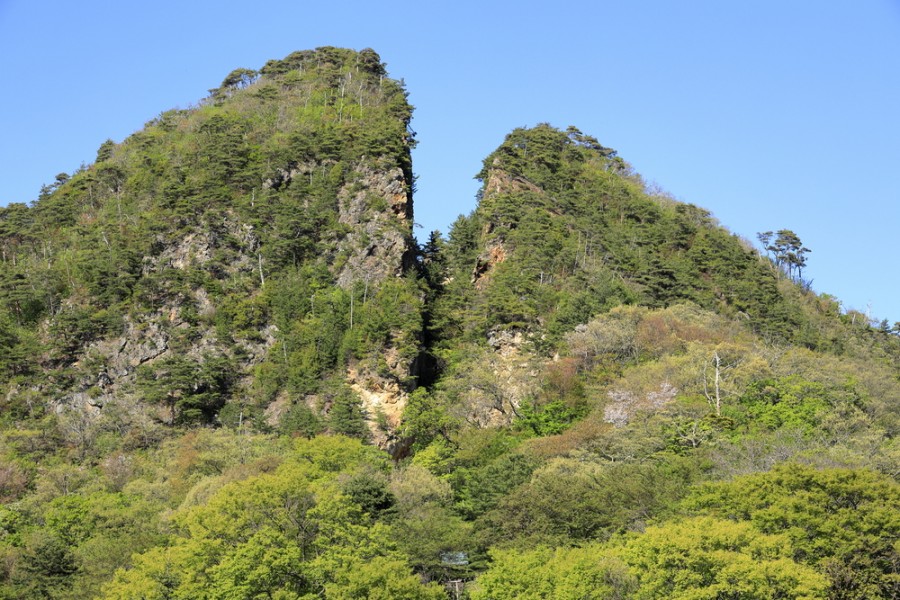
An attraction that draws a lot of attention are the ''floating barrels''. It is a small boat in the shape of a barrel to pass in narrower areas, often used to facilitate fishing.
The ''floating barrels'' (hangiri), represent the ancient taraibune made with the giant wooden barrels used for the production of soy sauce.
In addition to the Earth Celebration event, which is the most traditional, there are also noh presentations. Noh is a type of ancient theater and has been around since the 14th century. The cast consists of just two characters, a choir and a small orchestra.
If you can't visit the whole island, it's best to plan well to decide where you'll enjoy the most. The most sought-after places on Sado Island are: Futatsu Game, Ono-Game, Sotokaifu Coast, and Hiranezaki.
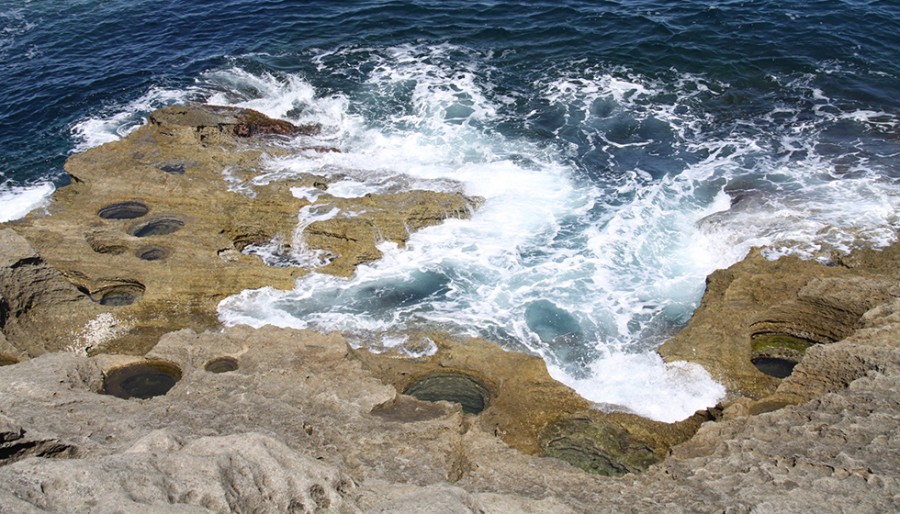
Futatsu Game is the junction of two small islands within Sado. It is shaped like two giant tortoises next to each other.
Ono-Game has one of the three largest rocks in Japan and has many beautiful lilies. Sotokaifu Coast has rocks scattered throughout the island highlighting the beauty of the place.
Hiranezaki is attractive because of the beauty of the waves.
Sado Island has a variety of waterfalls, trails, and great rocky beaches. As Sado is also known for its rice, there is a Hokusetsu sake factory that may be on your visiting list to taste the regional rice.
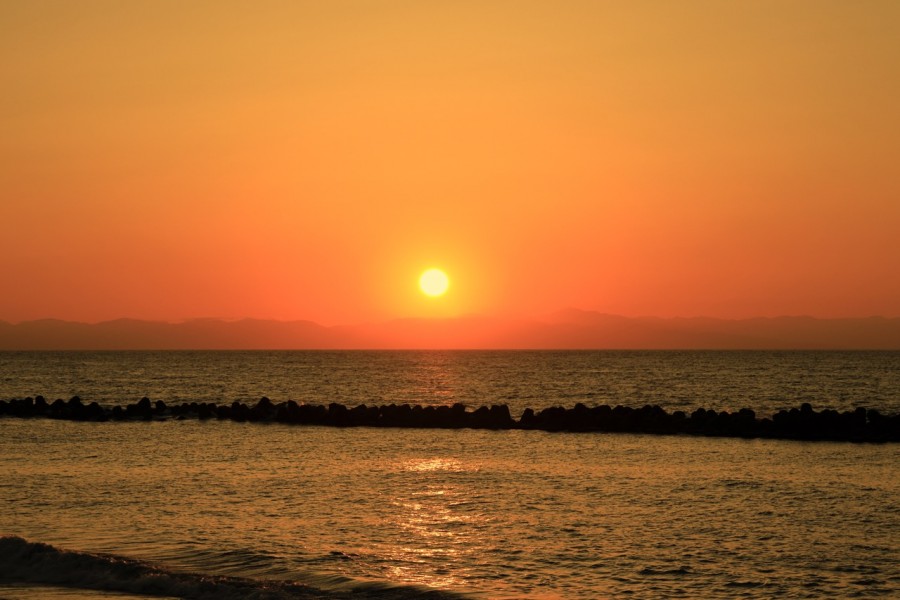
On Sado Island, making rice is almost an art. In addition to the traditional preparation, rice fields exude beauty. Rice is the easiest food to find on the island.
Certainly, Sado Island and several other Japanese islands do not miss with regard to the beauty of the place, which is why there are many anime that have islands as settings or main themes.
I confess that I felt like visiting some Japanese island now! And you, would you visit a historic island like Sado Island?
